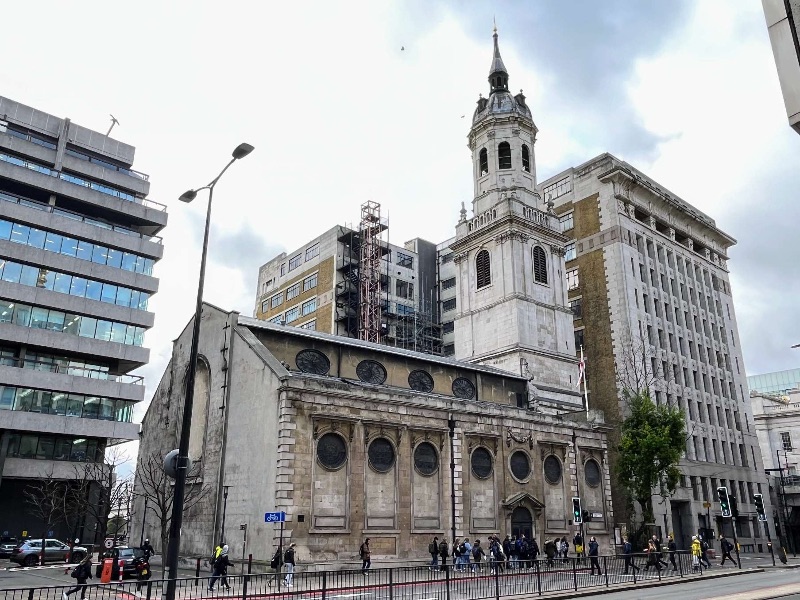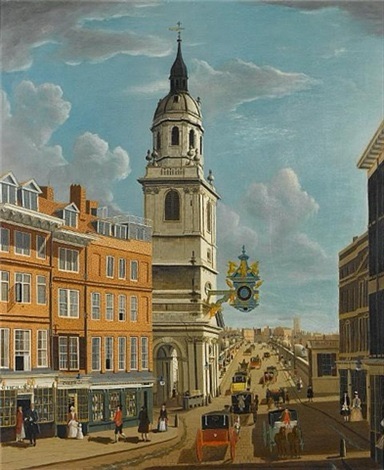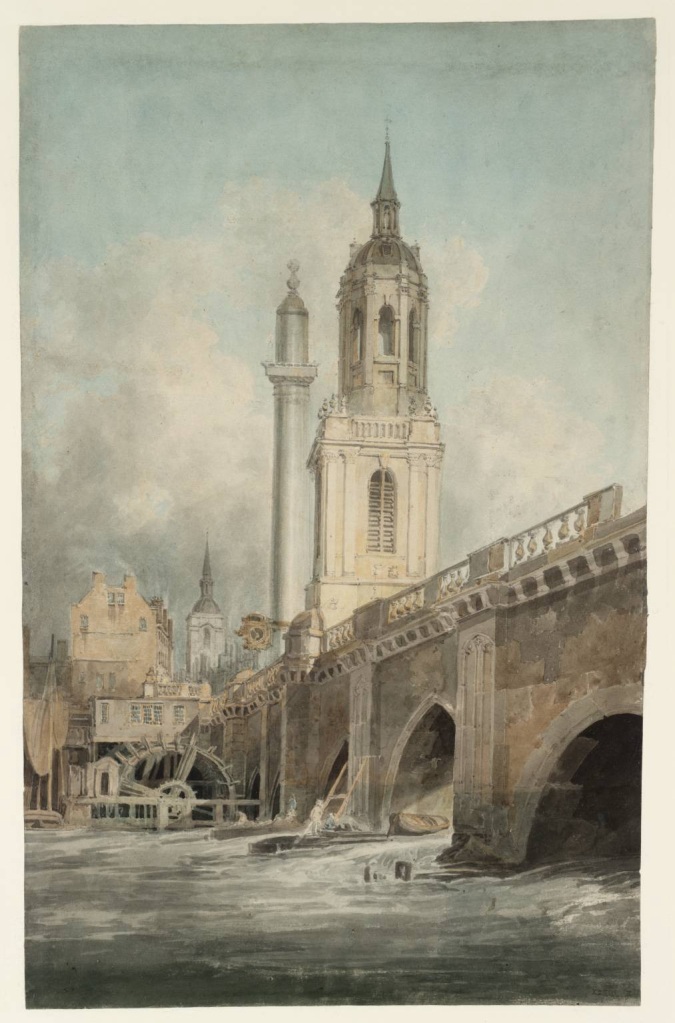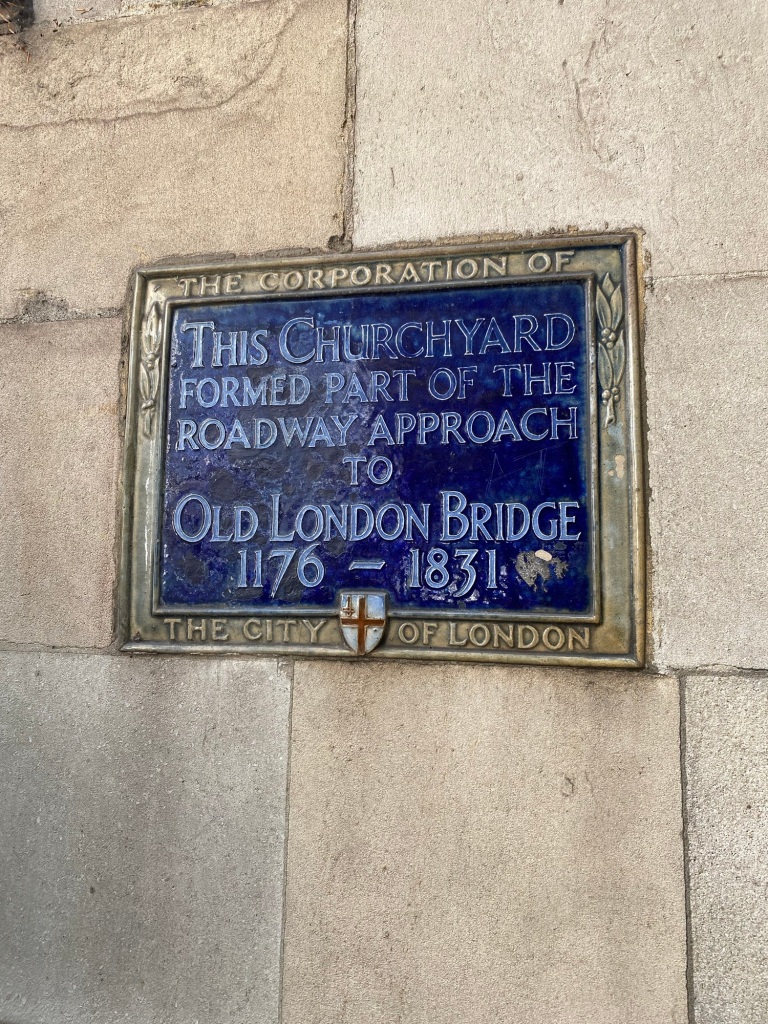
Tucked in near the northern end of London Bridge, the Church of St. Magnus the Martyr is to my mind the most attractive and fascinating church in the capital. This Grade I listed building, under the pastoral care of the Bishop of Fulham, dates back to the 12th century and serves the spiritual needs of those living and/or working in the Monument area of the City. The Great Fire of London in 1666 left it in ruins, and Sir Christopher Wren, the acclaimed architect, took on the task of rebuilding what would turn out to be his most expensive parish church project.

Today, visitors are greeted by the “inexplicable splendour of Ionian white and gold” as T.S. Eliot described it in his poem ‘The Waste Land’. The church’s interior is a marvel, reflecting the grandeur of Wren’s vision with its ornate decorations and historical artefacts.
St. Magnus the Martyr is not just a building; it’s a living piece of history. It has witnessed the ebb and flow of city life for centuries, from the hustle and bustle of the medieval London Bridge to the relative calm of today. The church is a beacon of the Anglo-Catholic tradition, offering daily prayers and celebrating High Mass with rich musical accompaniment every Sunday.

The church also holds a special place in the hearts of Londoners. It is the guild church of the Worshipful Company of Fishmongers and the Worshipful Company of Plumbers, and it serves as the ward church of the Ward of Bridge and Bridge Without.
The architecture of the Church of St. Magnus the Martyr is a splendid example of Baroque design, a style that flourished in Europe from the early 17th century until the mid-18th century. The building we see today was masterfully reconstructed by Sir Christopher Wren between 1671 and 1684 after the Great Fire of London. The steeple, which was added in 1705, is believed to be the work of Wren’s apprentice, Nicholas Hawksmoor, who later became a renowned architect in his own right.

The church’s interior is notable for its neo-Baroque style, reflecting its Anglo-Catholic congregation. The high altar is a focal point, backed by a two-story reredos and flanked by two side chapels, creating a sense of grandeur and depth within the worship space.
The exterior of St. Magnus the Martyr is equally impressive, with its rectangular, aisled building and clerestory. The west tower, which was originally embraced by aisles, now stands shortened. The church features round arched windows, with those on the north side formed as circles within long panels, a distinctive characteristic of Wren’s architectural style.

St. Magnus the Martyr’s architecture not only showcases the brilliance of its designers but also serves as a historical landmark, reflecting the evolution of church design and the enduring beauty of London’s ecclesiastical heritage.
Notable Events
St. Magnus the Martyr’s Origins:
The church is dedicated to St. Magnus the Martyr, Earl of Orkney, who met his fate on April 16, 1118. Captured during a power struggle with his cousin, he was executed on the island of Egilsay. His reputation for piety and gentleness led to his canonization in 1135. The identity of the St. Magnus referred to in the church’s dedication was confirmed in 1926. It was previously attributed to various saints named Magnus, but the connection to the Orkney martyr gained prominence.
The Great Fire and Rebuilding:
St. Magnus was one of the first churches to burn down during the Great Fire of London in 1666 due to its proximity to Pudding Lane. Thomas Farriner, a churchwarden, was buried beneath the aisle after his bakery became the fire’s epicentre.
Martyrs and Conversion:
In the 15th and 16th centuries, the church witnessed several significant events. Notably, 500 converts to Catholicism were gained between 1583 and 1586. One of them, executed at Tyburn, was later beatified as one of the eighty-five martyrs of England and Wales.
Literary Mentions:
T.S. Eliot celebrated St. Magnus’s “inexplicable splendour of Ionian white and gold” in his poem ‘The Waste Land’. He considered its interior one of the finest among Sir Christopher Wren’s creations.
Charles Dickens also mentioned St. Magnus in ‘Oliver Twist’, where the church’s tower and spire stood as giant-warders of the ancient bridge.


gnost uk